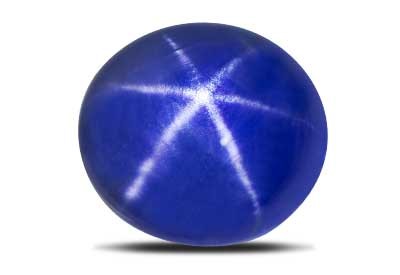Australian Blue Sapphire
Everyone knows of the blue sapphire (remember not all sapphires are blue!), it is a strong hard gemstone and closest to diamond for toughness. This means you can wear sapphire everyday for generations and the facets and overall appearance will still look as crisp and clean as like the first day you bought it. That’s why it is perfect for engagement rings!
Parti Sapphires or Bi-Colour Sapphires
Generally a sapphire is formed with two colours (at least), it could be blue vertically and green or yellow along the horizontal axis or a dark blue one way and a light blue the other way. When two shades of colour are the only colour in the sapphire you can only then call it a pure blue or pure green. In some sapphire, you will see two or three colours at once down one angle, blue, yellows and green. In Australia we call these parti-sapphire and the United States of America calls them bi-color sapphires.
Sapphire comes in many colours, in many shades of blue, green, pink ,purple, red or yellow, and you get colourless sapphire as it has had no minerals or trace elements to colour it as it was being formed in the earth. Sapphire can be colour banded or clean with no marks or it can have silk like appearance and it can be opaque and comes in all grades and quality, if you can see through it with no marks, then it is a very good grade sapphire, blue sapphire demands the highest price and always has. Sapphire are extremely bright.
Little Sapphire Cabochon
Cabochons Sapphires
If the sapphires are opaque they tends to be cut into cabochons (domes), carved or it is treated very heavily to pretend it is a good one. But we’ll talk about treatments later on. Only about 95% of sapphire you see for sale is natural and untreated. You must always ask what has been done to your sapphire in the way of treatments. Sapphire often is heated to remove the silk to make it look clearer.
Star Sapphires

Sometimes when opaque sapphire is cut into cabochons, a bright white 6 ray star is visible when near a light source, the star travels across the top of the dome. This effect is called a star sapphire. It is the silk like fibres also called rutile needles in the sapphire that makes this phenomenon, they are very appealing. It is like chatoyancy turning into a bright white light in 3 crossing lines to form a 6 ray star that moves with the light. It can also happens to ruby.